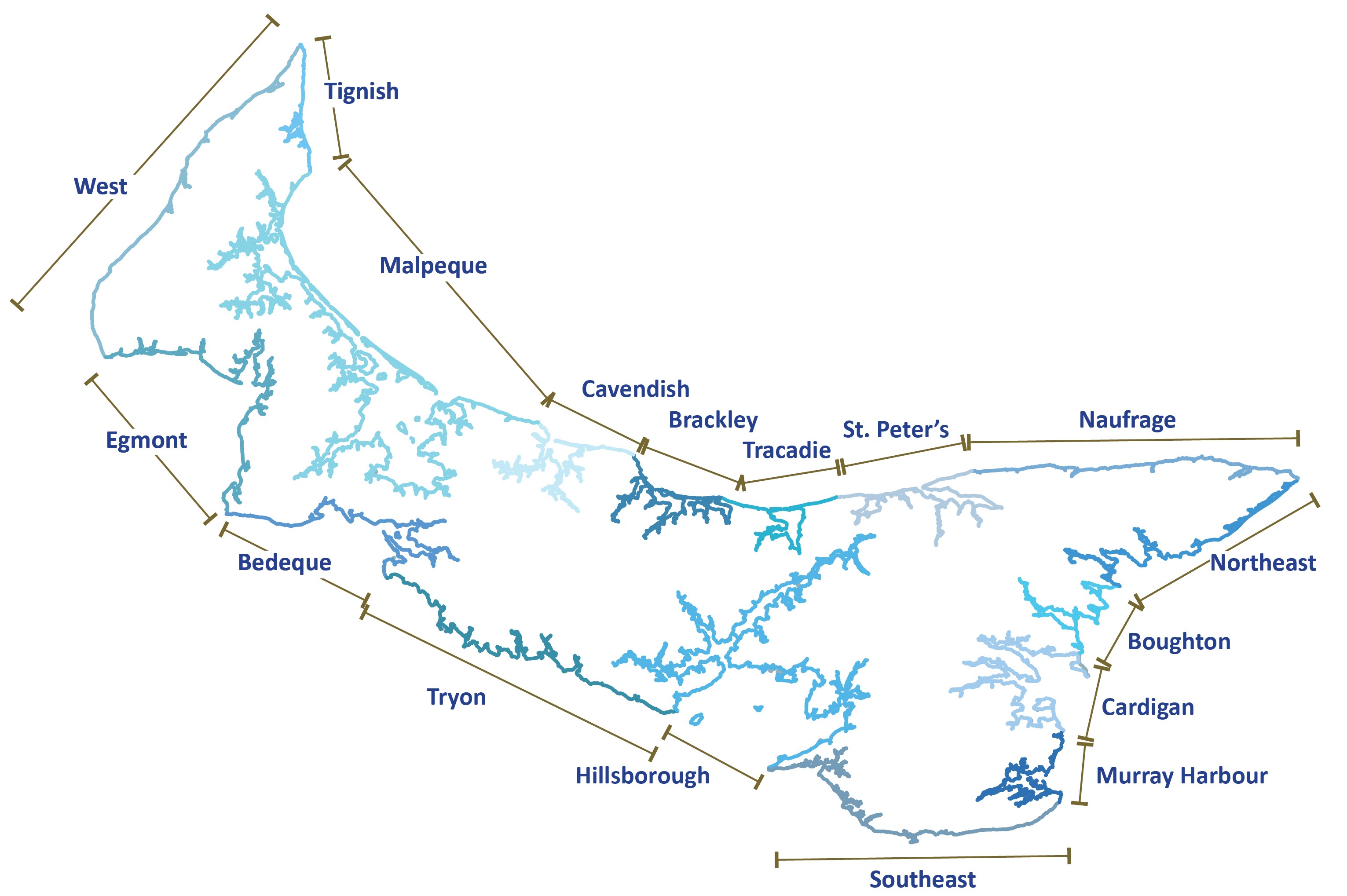Government receives recommendations on coastal development
New recommendations on coastal policy will provide a framework for long-term coastal resilience in Prince Edward Island.
The Canadian Centre for Climate Change and Adaptation at UPEI provided its Interim Coastal Policy Recommendations Report to government this week.
“I commissioned this research earlier this year when I ordered a moratorium on new development in the buffer zone. We need the best available science to guide us on how to deal with the increasing climate impacts on our shores. The report makes it clear that we are not in a position to lift the shoreline protection order until we can develop localized shoreline management solutions.”
- Environment, Energy and Climate Action Minister Steven Myers
The report recommends the development of shoreline management plans for PEI’s 17 regional coastal areas. Also known as littoral cells, these coastal areas are based on scientific study of how sediment travels along the coast. Developing a shoreline management plan requires undergoing an assessment of local coastal processes, engaging with community residents, and studying the vulnerability along a specific length of coast. The goal is to develop the most appropriate solutions based on local conditions. The review also recommends restricting shoreline alteration to areas that have these shoreline plans in place.
Other recommendations include:
- Helping coastal residents learn about their risk, responsibilities and how to protect their properties;
- Developing an interim planning policy for coastal development;
- Making coastal hazard disclosure mandatory;
- Expanding the environmental buffer zone based on changing conditions;
- Developing enhanced penalties for violating the Environmental Protection Act, including requiring the coastline to be restored if damaged, with the restoration cost footed by the landowner or developer.

Government also received the PEI State of the Coast report, authored by the Canadian Centre for Climate Change and Adaptation at UPEI as well. The report states that approximately three per cent of the province is within the coastal floodplain and may experience flooding when there is a storm surge. Erosion in PEI can occur due to waves, extreme weather, and other factors. Shorelines can become more vulnerable due to land use, development, removal of vegetation and stormwater runoff.
"Implementing these recommendations will require an all-of-government approach and will take multiple years to complete. While I would prefer a quicker solution, I am committed to taking the time that’s needed to do this right so we can protect our unique coastlines for generations to come,” said Minister Myers. “While we develop our implementation plans, the moratorium remains in place. It’s important to note that we continue to permit coastal armouring where existing critical infrastructure is vulnerable or to enable repairs after hurricane damage.”
Media contact:
Katie Cudmore
Department of Environment, Energy and Climate Action
katiecudmore@gov.pe.ca
Backgrounder:
Information on coastal hazards
Information on erosion monitoring
Post Tropical Storm Fiona Highwater Mark and Shoreline Erosion Field Notes